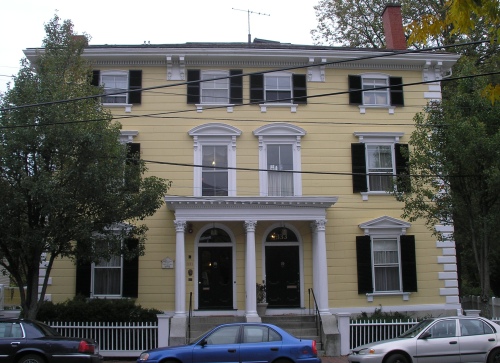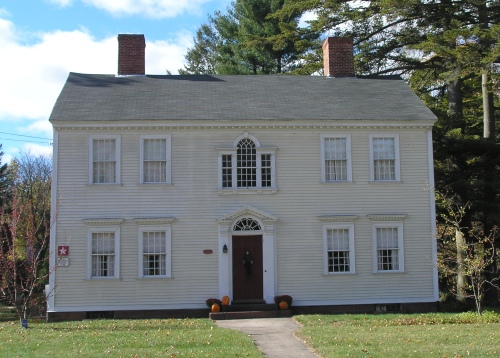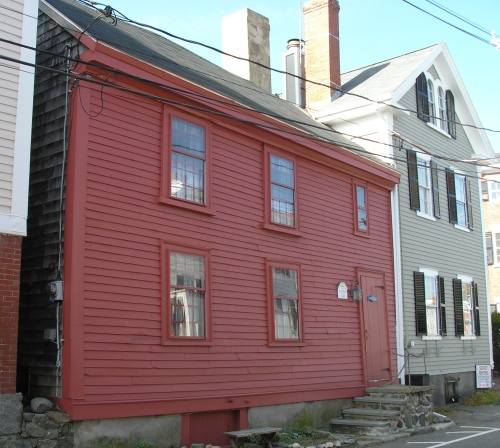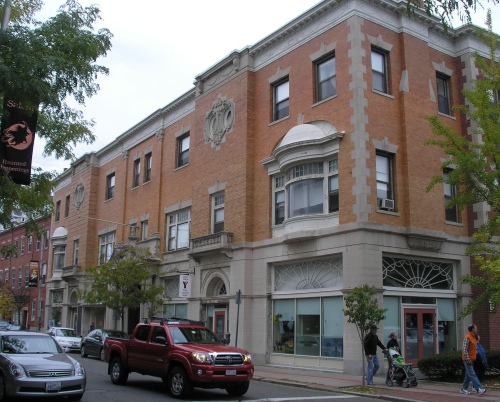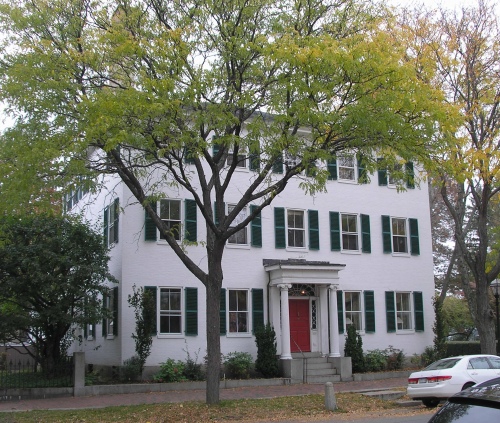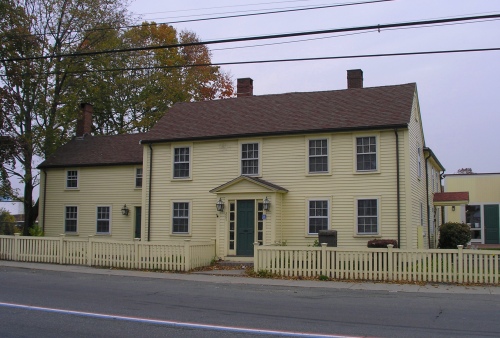Saugus Iron Works House (1680)

Going back to 1646, the Saugus Iron Works were the first integrated ironworks in North America. Various buildings of the Iron Works complex were reconstructed in the 1950s on their original sites and are today part of the Saugus Iron Works National Historic Site. A timber-framed seventeenth-century house, traditionally called the “Old Iron Works House,” is also located on the site. It was once believed to have been built in 1646, but is now thought to have been constructed in the 1680s, about a decade after the Iron Works ceased production in 1668. The first known resident of the house, from 1681 to 1688, was Samuel Appleton. By the early twentieth century, the house had become a tenement and had been much altered. In 1915, it was purchased by Wallace Nutting, antiquarian and entrepreneur, who hired Boston architect Henry Charles Dean to restore the house. Nutting renamed the restored house “Broadhearth” and it became part of his chain of colonial homes. As with his other properties, Nutting took photographs of his models posing in the house, which he marketed through a catalog. He soon hired a blacksmith to work at the site, but eventually decided to sell the property to an antiques dealer from Boston.
